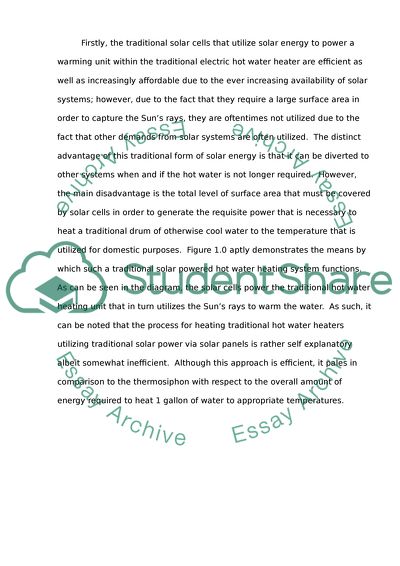Cite this document
(“Solar water heaters: an analysis and discussion of thermosiphons Essay”, n.d.)
Retrieved from https://studentshare.org/technology/1470880-solar-water-heaters-an-analysis-and-discussion-of-thermosiphons
Retrieved from https://studentshare.org/technology/1470880-solar-water-heaters-an-analysis-and-discussion-of-thermosiphons
(Solar Water Heaters: An Analysis and Discussion of Thermosiphons Essay)
https://studentshare.org/technology/1470880-solar-water-heaters-an-analysis-and-discussion-of-thermosiphons.
https://studentshare.org/technology/1470880-solar-water-heaters-an-analysis-and-discussion-of-thermosiphons.
“Solar Water Heaters: An Analysis and Discussion of Thermosiphons Essay”, n.d. https://studentshare.org/technology/1470880-solar-water-heaters-an-analysis-and-discussion-of-thermosiphons.


